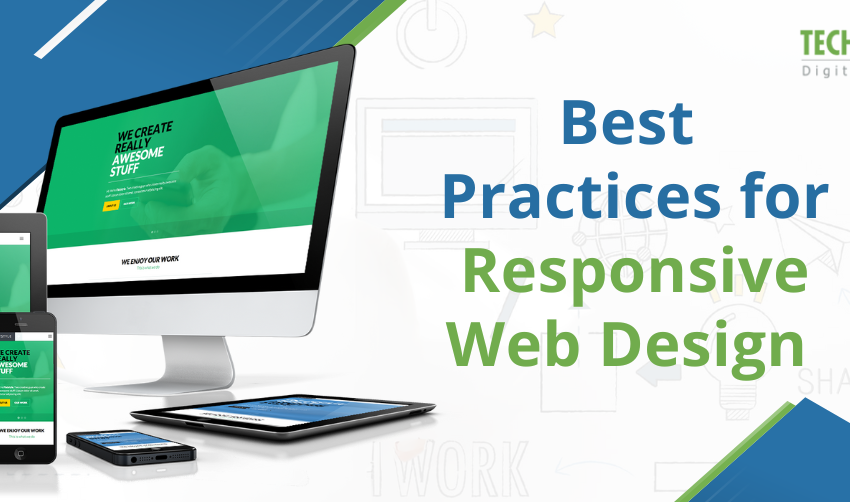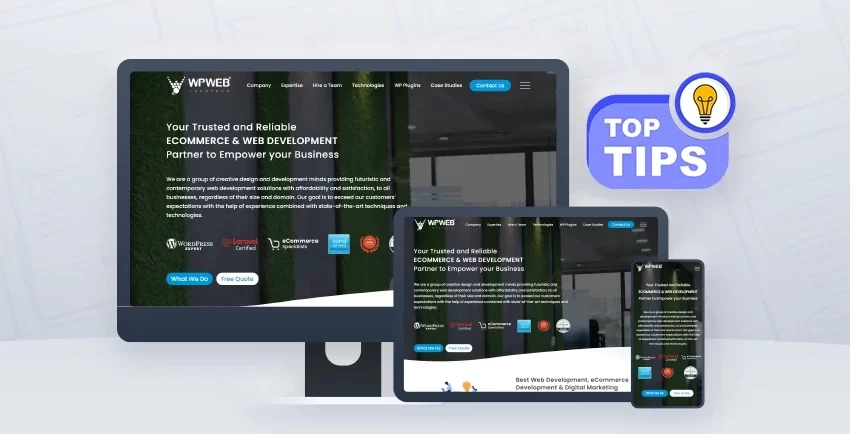Progressive Web Apps (PWA) and Web Development
Progressive Web Apps (PWAs) have been gaining popularity in recent years as they offer a new way for businesses to engage with their customers on the web. PWAs are essentially websites that look and feel like mobile apps, offering a seamless user experience regardless of the device being used. In this article, we will explore the benefits of PWAs for web development and how businesses can leverage this technology to drive engagement and conversions.
What are Progressive Web Apps?
Progressive Web Apps are web applications that are designed to provide a native app-like experience to users, without the need to download and install an app from an app store. PWAs use modern web technologies to deliver fast, reliable, and engaging experiences that work on any device with a web browser. This makes PWAs a cost-effective solution for businesses looking to reach their audience across multiple platforms.
Benefits of Progressive Web Apps
1. Offline Functionality
One of the key benefits of PWAs is their ability to work offline. By using service workers, PWAs can cache content and data, allowing users to access the app even when they are offline or have a poor internet connection. This is particularly useful for businesses that rely on real-time data or want to provide a seamless user experience regardless of connectivity.
2. Fast Loading Times
PWAs are designed to load quickly, even on slower internet connections. By using advanced caching techniques and optimizing the codebase, PWAs can deliver a fast and responsive user experience, leading to higher user engagement and satisfaction. This can have a significant impact on conversions and overall brand perception.
3. Cross-Platform Compatibility
Unlike native apps, which need to be developed separately for each platform (iOS, Android, Windows), PWAs work on any device with a modern web browser. This reduces development costs and complexity, allowing businesses to reach a wider audience with a single codebase. Additionally, PWAs can be installed on the user’s device and accessed from the home screen, just like a native app.
How to Develop Progressive Web Apps
Developing PWAs requires a solid understanding of web technologies such as HTML, CSS, and JavaScript, as well as knowledge of service workers and web app manifests. Here are some key steps to follow when developing a PWA:
1. Define the App Shell
The app shell is the basic structure of the PWA that is cached by the service worker to provide a fast and reliable user experience. The app shell typically includes the header, footer, and main navigation of the app, as well as any essential stylesheets and scripts. By caching the app shell, PWAs can provide a seamless experience even when the network is slow or offline.
2. Implement Service Workers
Service workers are scripts that run in the background of a web page and can intercept network requests, cache responses, and provide offline functionality. By implementing service workers in a PWA, developers can ensure that the app works offline, loads quickly, and provides a reliable user experience. Service workers are a key component of PWAs and should be included in the development process from the beginning.
3. Add a Web App Manifest
The web app manifest is a JSON file that provides metadata about the PWA, such as the app’s name, icon, and theme colors. By including a web app manifest, developers can ensure that the PWA behaves like a native app when added to the user’s home screen. This can increase user engagement and retention, as well as improve brand recognition and trust.
Conclusion
Progressive Web Apps are changing the way businesses engage with their customers on the web. By providing a fast, reliable, and engaging user experience, PWAs offer a cost-effective solution for businesses looking to reach their audience across multiple platforms. With offline functionality, fast loading times, and cross-platform compatibility, PWAs are becoming an essential tool for web development and digital marketing. By following best practices and leveraging modern web technologies, businesses can create high-quality PWAs that drive engagement and conversions, leading to increased revenue and brand loyalty.


